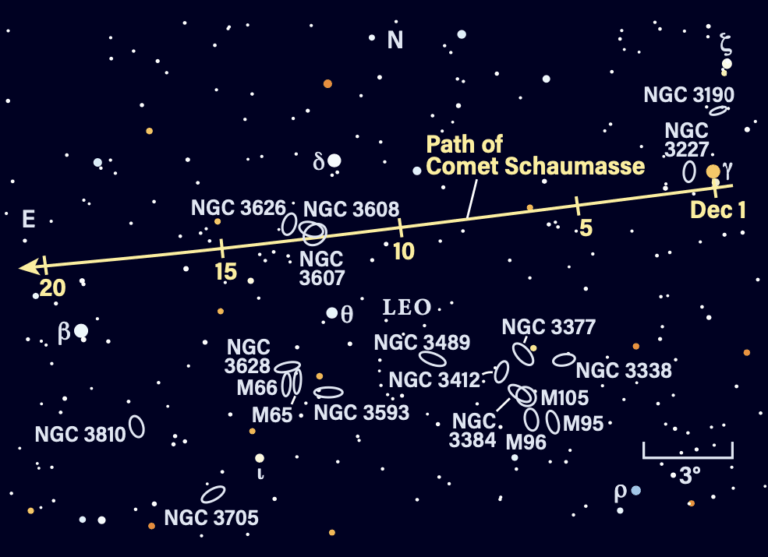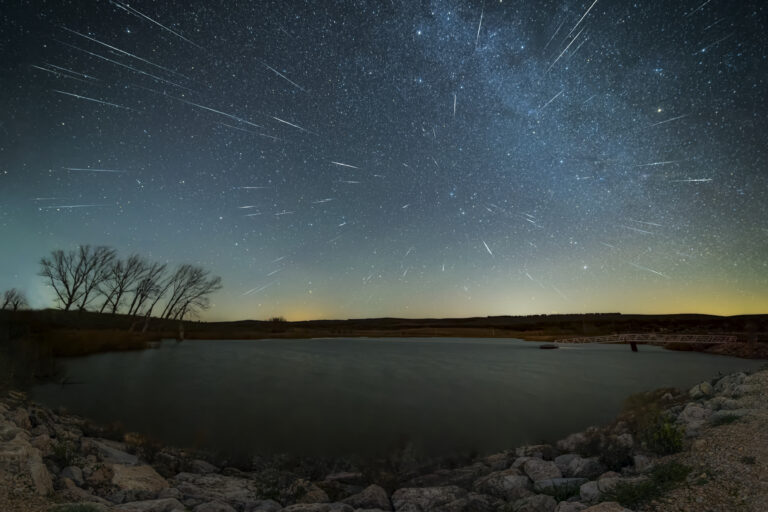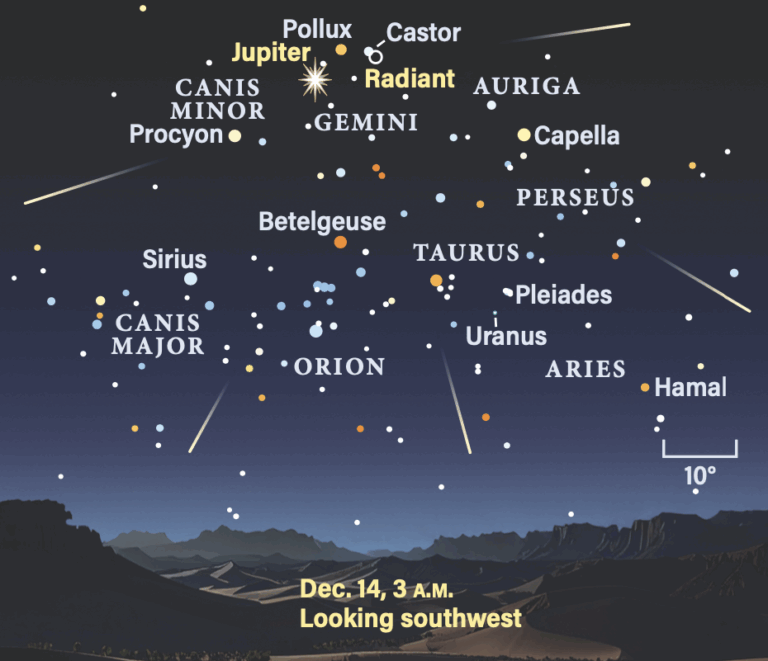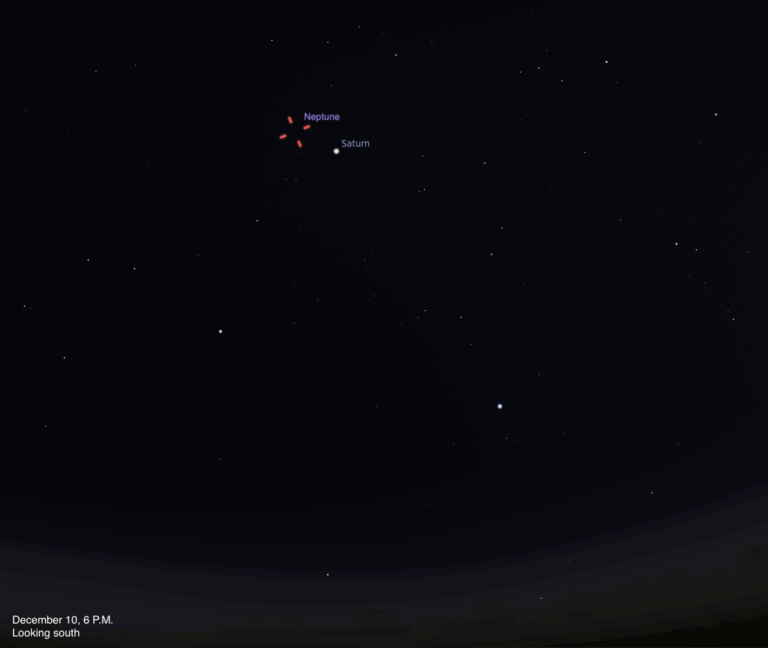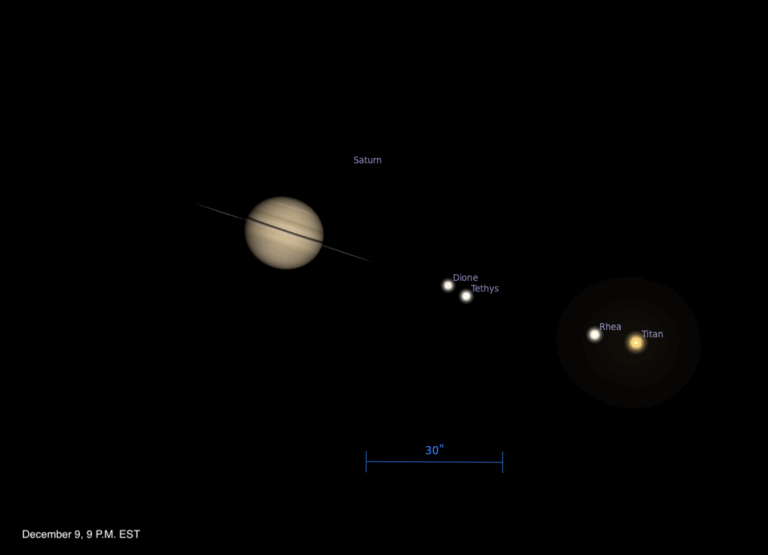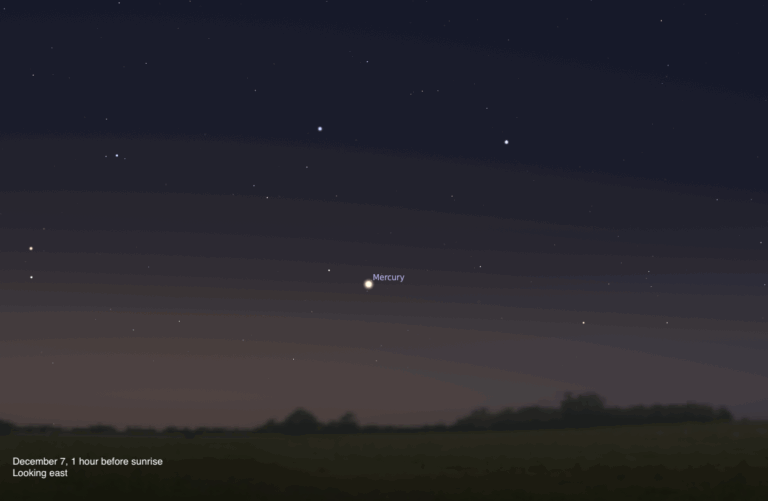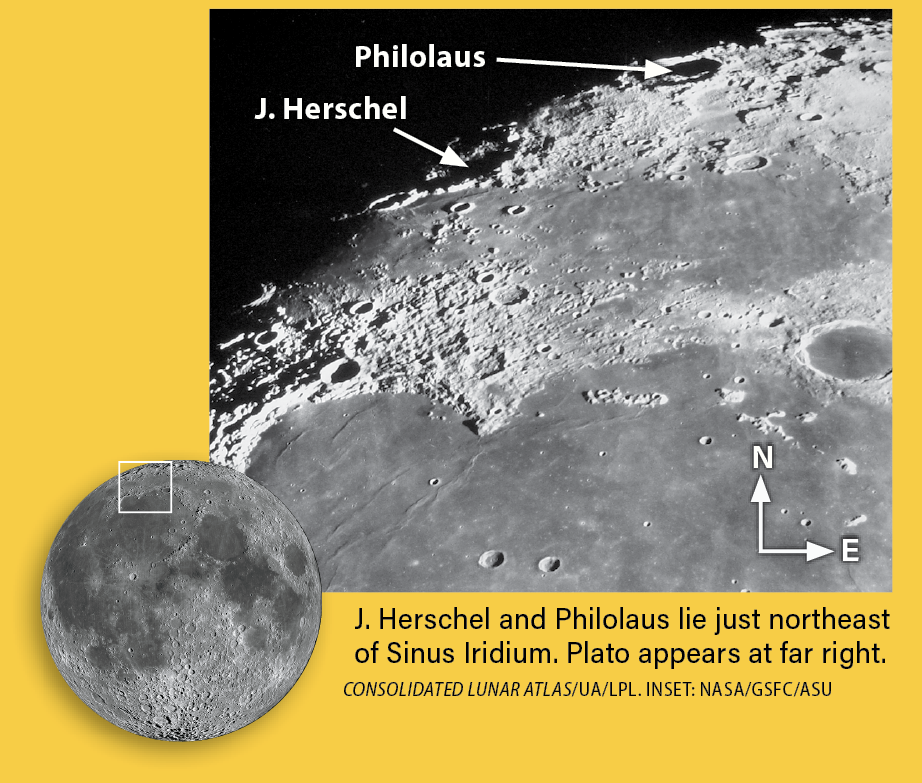
Key Takeaways:
- The article details an observational target on the Moon's northwestern nearside, specifically the craters J. Herschel and Philolaus, to observe the effects of an advancing sunrise.
- J. Herschel is characterized as an older, larger crater (154 km) with a significantly eroded rim and a rubble-filled floor that diminishes visibility of its central peaks.
- Philolaus, located northeast of J. Herschel, is a smaller (71 km) and comparatively younger crater, evidenced by its sharper rim and two central peaks whose visibility is expected to improve over time.
- Auxiliary data is provided, including local times for sunrise, sunset, moonrise, moonset, and the Moon's phase (76% waxing gibbous), specified for 40° N 90° W.
Tonight we’re aiming at the Moon to catch sunrise as it finally starts to reach the northwestern portions of the nearside. Use the accompanying chart and a telescope to locate a pair of craters near the terminator: J. Herschel and Philolaus. The former is larger, spanning 96 miles (154 km). You can also tell it is older by looking at its rim, which has been significantly battered down over the ages. The floor is buried in rubble, diminishing the visibility of its central peaks.
Northeast of J. Herschel is Philolaus, which spans some 44 miles (71 km) and features a much sharper rim, indicating it is younger (i.e., less battered). It has two central peaks, which may be difficult to make out tonight but will appear over the next few nights, even as J. Herschel’s features also change under the rising Sun.
Sunrise: 6:58 A.M.
Sunset: 6:40 P.M.
Moonrise: 4:31 P.M.
Moonset: 1:30 A.M.
Moon Phase: Waxing gibbous (76%)
*Times for sunrise, sunset, moonrise, and moonset are given in local time from 40° N 90° W. The Moon’s illumination is given at 12 P.M. local time from the same location.
For a look ahead at more upcoming sky events, check out our full Sky This Week column.


